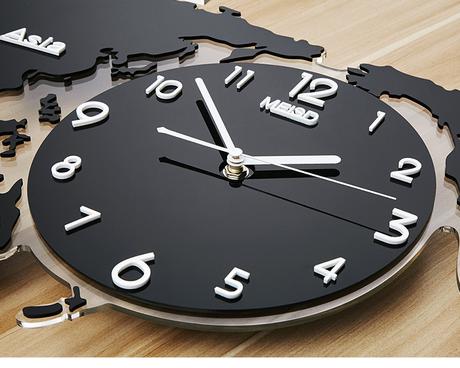
Since time immemorial the time has been our constant guiding star. The discovery of clocks has passed millions of inventions and scientific calculations to give us the joy of the device that we see today. Earlier Celestial bodies — the Sun, Moon, planets, and stars — have provided us a reference for measuring the passage of time throughout our existence. Ancient civilizations relied upon the apparent motion of these bodies through the sky to determine seasons, months, and years. Today the time teller device is much simpler and user friendly to what it was earlier. Let us travel through some of the most memorable and significant journey of time.
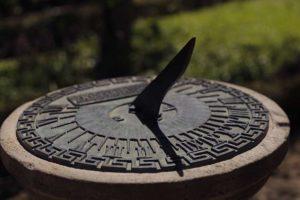

The Sundials
Sundials are the oldest known devices that were used to measure time. It depends on the rotation and movement of the sun. As the sun moves from east to west, the shadows formed predict the time of the day. The Egyptians were the first to use the sundials. They used a stick or pillar called the gnomon. Time was calculated depending on the length of the shadow
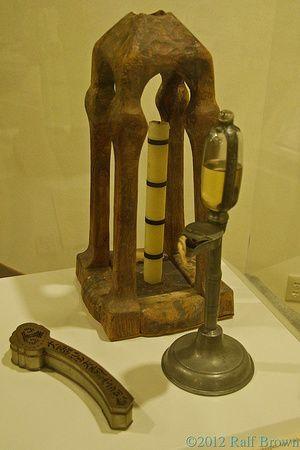
Candle Clock
It is said that Saxons used candle clock as early as the 6th century. The credit for its invention goes to Alfred the Great whose candles were 6 in nos measuring 12 inches high. One inch of the candle would burn in approximately 20 minutes such that six candles would burn in 24 hours.
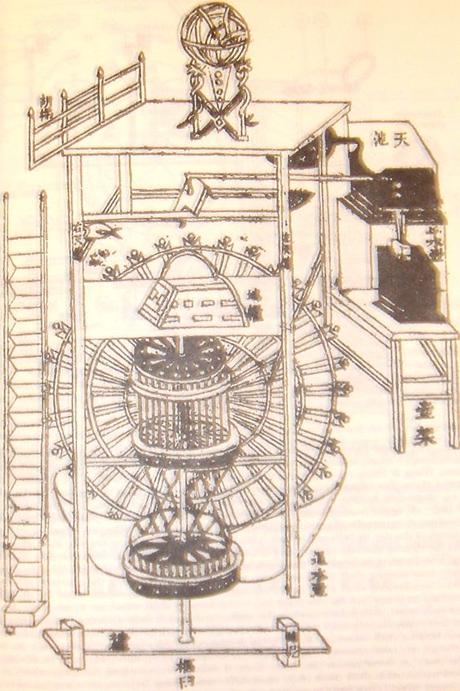
The original diagram of the book by Su Song in 1092, showing the inner workings of his clock tower, with the clepsydra tank, a waterwheel with scoops and the escapement, a chain drive, the armillary sphere crowning the top, and the rotating wheel with clock jacks that sounded the hours with bells, gongs, and drums.

Clepsydra
A clepsydra measures time through the gradual flow of liquid. The oldest specimens found were Egyptian, dating back to the 14th century BC.
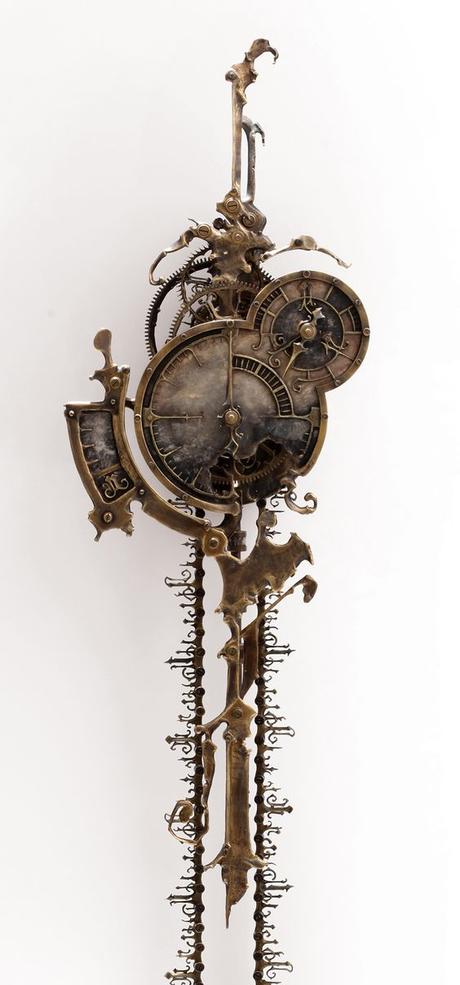
Mechanical Clocks
Mechanical clocks have been used since the 8th century. The clocks were tended to be driven by water, and later by weights. Soon after 1600, Galileo discovered that the motion of a pendulum could be used to regulate clocks, but it wasn’t until 1656 that Chistiaan Huygens built the first pendulum clock. These increased timekeeping accuracy from around 15 minutes per day to 15 seconds per day.
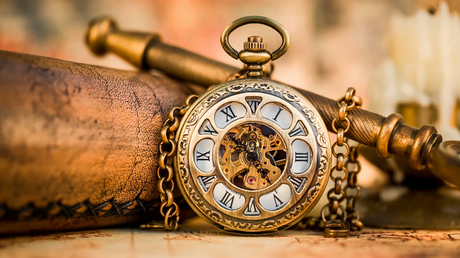
Pocket watch
Pocket watch was the most stylist thing to carry in one’s pocket during the 15th century as it used to be the statement piece and accessory in defining an individual’s style. However, in the 17th century, Robert Hooke and Christiaan Huygens developed the balance spring. The balance spring introduced in the pocket watch decreased inaccuracy in the mechanism from several hours to just ten minutes per day in the clock.

Atomic Clock
The Atomic Clock keep time using the properties of a caesium atom and are accurate to one second every few hundred million years. The invention of the atomic clock resulted in a new time standard, one that we still use today.

Quartz clock
The first quartz clock was built in 1927. These clocks use a quartz crystal, made from silicon dioxide, to keep time. These clock works on oscillations regulating the gears that make the clock tick. They are accurate to one second per two days. Till date they are famous and used in our household

Contemporary Clocks
The latest technology of many available today in clocks is the UTS German technology which our brand Nomon uses in their designs. Just For Clocks is truly thrilled to know what new awaits the future.
The Creative Head of Just For Clocks Mr.Navin Kanodia says – “It is really astonishing to know how our beautiful time pieces have evolved with time. Their invention has led to some amazing collection of clocks which our clients sees surfacing on our portal. Just For Clocks awaits with open hearts for some more magical inventions in near future.”
Do let us know your views, opinions and feedback on the above blog in the comments section below.

